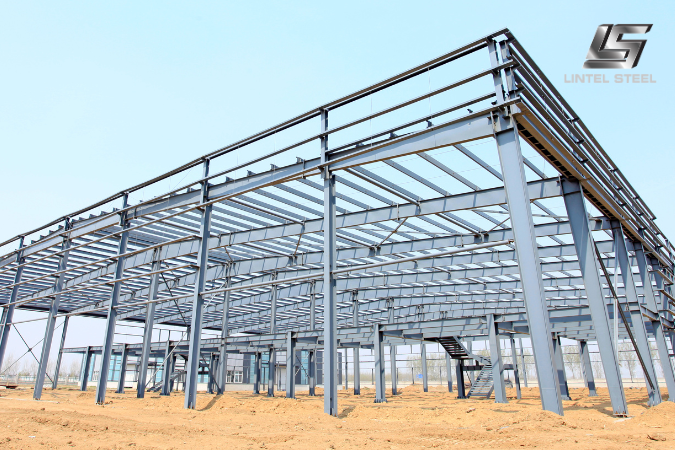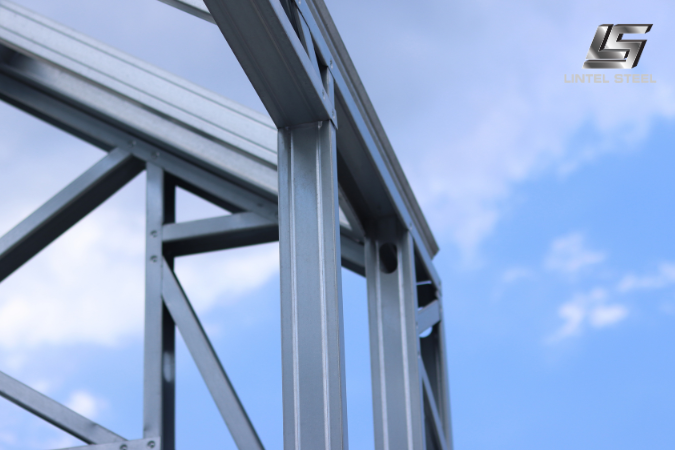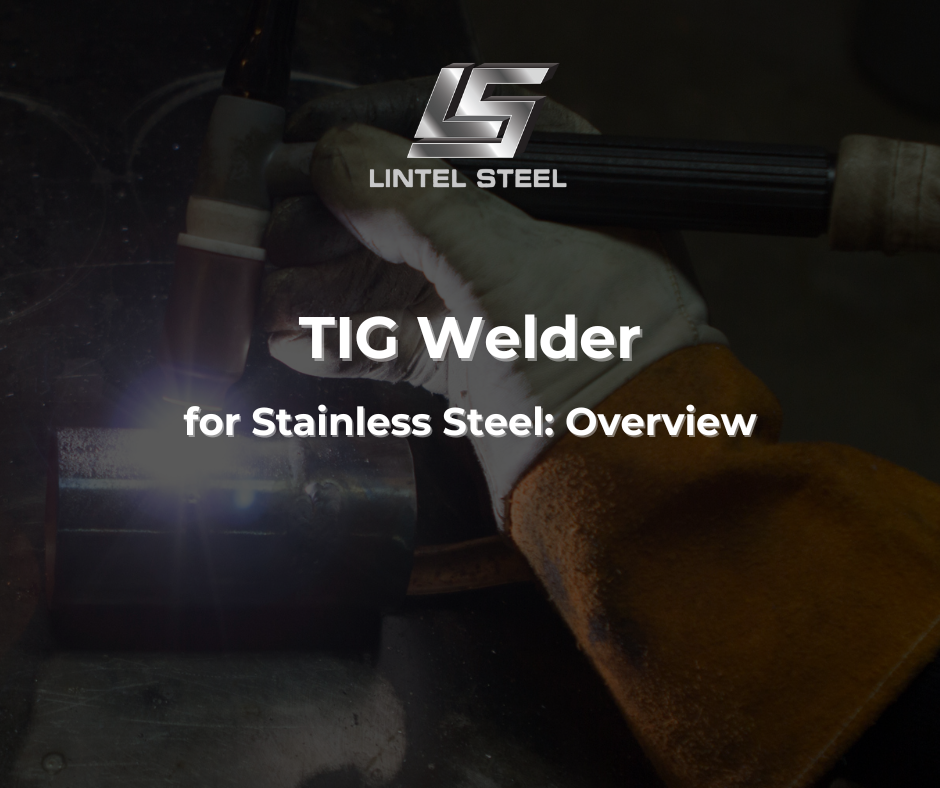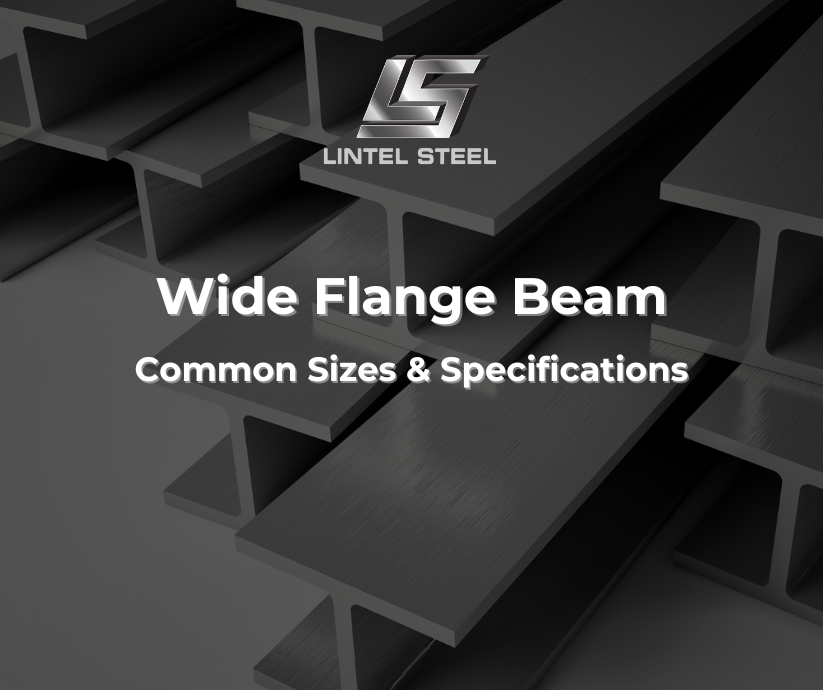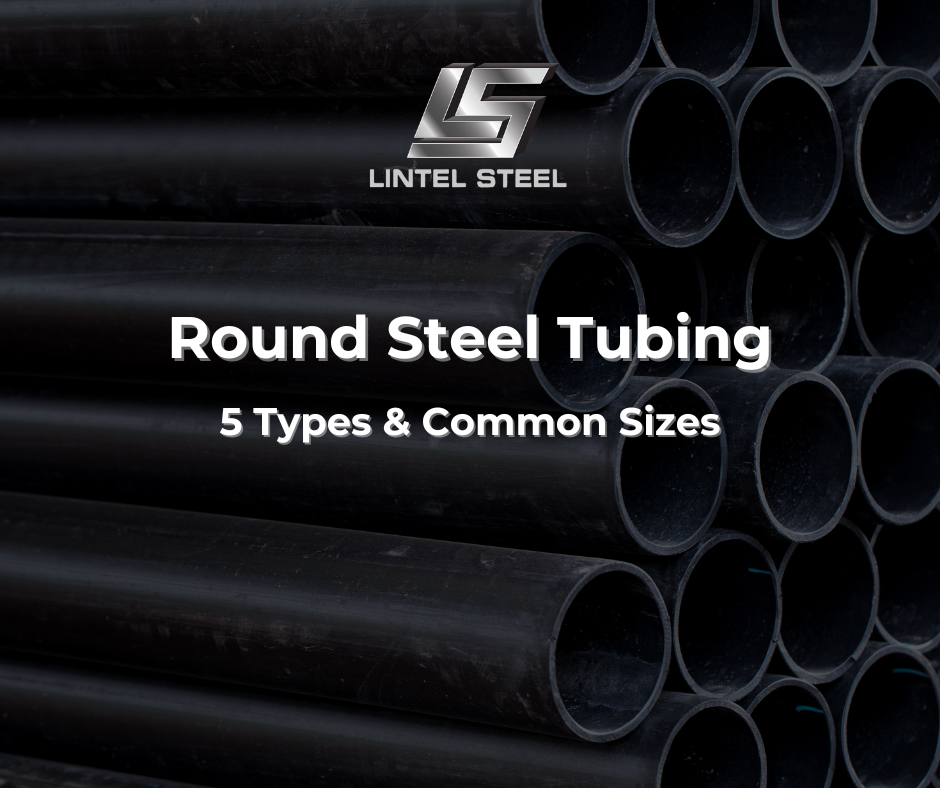Steel Structure Explained: From Types to Real-World Uses
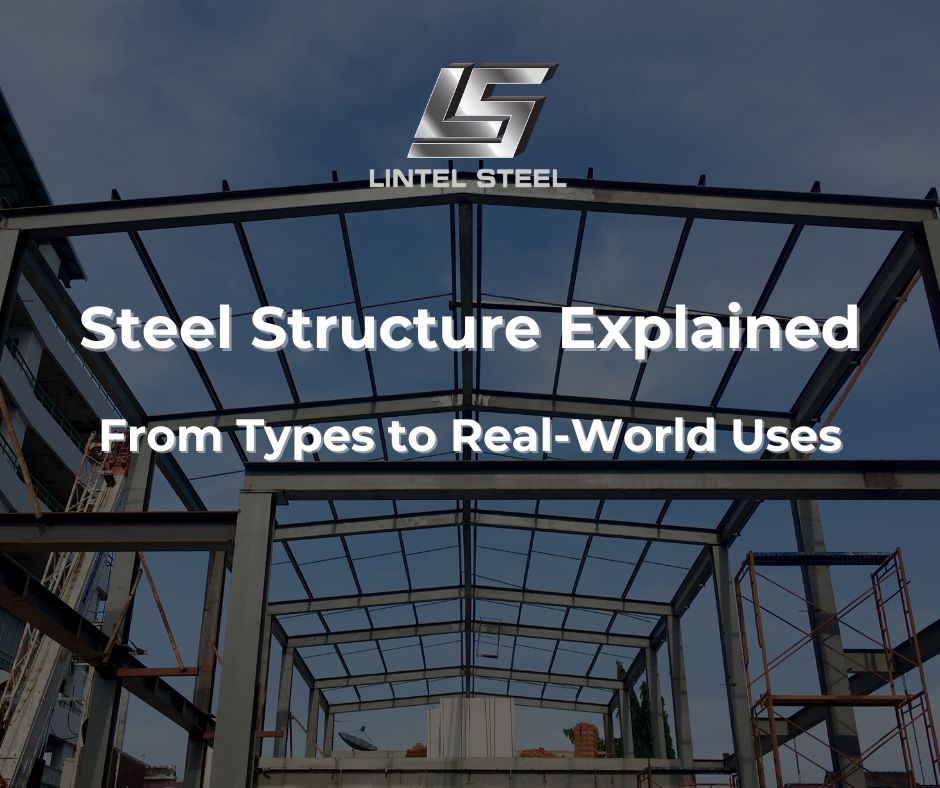
When you look at a modern skyline filled with soaring skyscrapers, expansive bridges, or even sleek stadiums, one material quietly supports it all: steel structures. Strong, adaptable, and remarkably durable, steel has become the backbone of contemporary construction across the globe. From residential warehouses and industrial factories to high-rise office towers and intricate architectural designs, steel structures are not just about strength — they are about efficiency, sustainability, and limitless possibilities.
In today’s world, where projects demand faster completion times, longer lifespans, and cost-effective solutions, steel structures have proven to be a game-changing choice for builders, engineers, and property owners alike. Understanding what steel structures are, their wide application range, and the benefits they deliver is the first step in making smarter building decisions.
Understanding the Basics of Steel Structure
A steel structure is a building framework made using steel components like beams, columns, and trusses. Unlike concrete or timber, steel provides a high strength-to-weight ratio, making it possible to construct buildings with larger spans, taller heights, and reduced support columns.
In modern construction, steel structures are everywhere—whether it’s a high-rise office in Perth, an industrial warehouse in Melbourne, or a sleek residential home. Builders, architects, and engineers prefer steel because of its efficiency, reliability, and long service life.
Why Steel Structures Stand Out in Modern Construction
Steel has become the backbone of modern architecture. The reasons are clear:
- Durability and Longevity – Steel resists cracking, warping, and rotting, which are common problems in timber structures.
- Flexibility in Design – From curved stadium roofs to angular residential homes, steel allows creative freedom.
- Efficiency in Time and Cost – Prefabricated components reduce project timelines and labor costs.
- Sustainability – Steel is 100% recyclable, making it an eco-friendly building material.
These benefits have positioned steel structures as one of the most reliable solutions for long-lasting construction.
Steel Structure Application Range
The use of steel structures extends across multiple industries, thanks to their adaptability:
- Industrial Applications
Warehouses, factories, and workshops rely heavily on steel frameworks. Clear spans allow uninterrupted interior spaces for machinery, equipment, and storage.
- Commercial Developments
Office towers, shopping centers, and showrooms use steel to combine aesthetics with functionality. Large open areas without excessive support columns make layouts more versatile.
- Residential Projects
Modern homes are increasingly adopting steel structures for framing, roofing, and extensions. Steel provides safety, long life, and low maintenance, which homeowners appreciate.
- Infrastructure
Bridges, airports, and railway stations all depend on steel’s strength and durability.
- Agricultural Uses
Barns, storage sheds, and farming facilities often use steel for quick, cost-effective, and durable builds.
Typical Dimensions of Steel Structure Components
Steel structures are made up of several standard components, each with defined sizes to meet project requirements.
Universal Beams (I-Beams): Depths range from 150mm to 600mm, with weights up to 125kg/m.
Universal Columns (H-Beams): Sizes from 100mm × 100mm × 8mm to 300mm × 300mm × 12mm.
Rectangular Hollow Sections (RHS): 50 × 25 × 2.5mm, 200 × 100 × 8mm, up to 400 × 200 × 12.5mm.
Square Hollow Sections (SHS): 30 × 30 × 2mm, 150 × 150 × 6mm, 400 × 400 × 16mm.
Circular Hollow Sections (CHS): Diameter 21.3mm to 508mm, wall thickness 2.6mm to 16mm.
These standardised dimensions make it easy for engineers and builders to plan structural loads and achieve consistent results across projects.
Comparing Steel Structures with Concrete Structures
When it comes to construction, steel vs concrete is one of the oldest debates. Both materials have their place, but steel structures often deliver advantages that concrete cannot match.
Weight Efficiency – Steel structures are lighter than concrete, reducing foundation requirements.
Speed of Construction – Prefabricated steel components allow faster assembly compared to on-site concrete curing.
Structural Flexibility – Steel can be dismantled, modified, or extended much more easily.
Durability – With galvanised or coated finishes, steel resists rust and corrosion even in coastal regions like Perth.
Concrete may still be preferred for small-scale housing or areas where extreme fire resistance is a priority, but in large projects, steel dominates.
Factors to Consider When Choosing a Steel Structure
Choosing the right steel structure is not just about picking beams and columns. Every project is unique, and several key considerations will affect the performance, durability, and cost-effectiveness of your structure.
Project Purpose and Function
Start by clearly defining what the structure will be used for. An industrial warehouse requires different steel grades and spans compared to a small residential extension. For example, factories often demand wide open spaces without support columns, while residential builds may prioritise aesthetics and insulation.
Load-Bearing and Strength Requirements
Engineers must calculate live loads (people, furniture, moving equipment) and dead loads (the structure itself). If the steel structure is intended for heavy machinery or multi-storey buildings, thicker beams, stronger sections, and reinforced joints are essential. Using undersized steel sections may lead to excessive deflection or even safety risks.
Environmental Conditions
Steel reacts differently depending on the environment. In coastal cities like Perth or Darwin, galvanised or stainless steel may be required to combat salty air and high humidity. In rural areas, uncoated steel may suffice if corrosion risks are lower. Cold climates may also demand steel grades designed to resist brittleness at low temperatures.
Architectural and Design Preferences
Steel structures are not only about strength—they also influence the building’s appearance. Architects often select specific hollow sections (RHS, SHS, CHS) for clean lines or modern aesthetics. Choosing the right profile can give buildings a sleek, contemporary look while still maintaining function.
Compliance with Standards and Regulations
In Australia, steel structures must meet AS/NZS building codes to ensure safety and reliability. This includes standards for welding, fire resistance, and material testing. Working with compliant materials avoids future legal and safety issues.
Supplier Reliability and Quality Assurance
Not all steel is manufactured equally. Partnering with a trusted supplier ensures consistent quality, certification, and timely delivery. Many projects face delays not because of poor design, but because of unreliable sourcing. Look for suppliers who offer cutting, fabrication, and delivery services to simplify logistics.
Future Expansion and Adaptability
Steel structures are often chosen because they allow modifications. If there’s a chance the building may need to expand in the future, choosing modular steel sections can make extensions faster and cheaper.
Steel Structure Performance in Harsh Conditions
Another major advantage of steel structures is their ability to perform under challenging environmental conditions. When designed and treated correctly, steel can maintain strength and stability in situations that would damage or compromise other materials.
Fire Resistance
While untreated steel can weaken at high temperatures, modern solutions like intumescent coatings and fireproof cladding improve performance. This ensures the structure retains integrity long enough for evacuation and fire control. Commercial buildings, factories, and high-rises benefit greatly from these protections.
Seismic and Wind Resistance
In earthquake-prone regions, steel’s natural flexibility makes it safer than rigid concrete. Steel structures can absorb and dissipate seismic energy without collapsing. Similarly, in areas with high wind loads—such as coastal Australia—steel frames can be designed to resist uplift and lateral forces, ensuring stability.
Weather and Corrosion Protection
Steel exposed to rain, humidity, or salty coastal air can corrode over time. However, galvanisation, powder coating, or using stainless steel significantly extends lifespan. For example, galvanised RHS or SHS sections in Perth are often chosen for outdoor and coastal projects because they resist rust while maintaining strength.
Long-Term Durability
With proper protection and maintenance, steel structures can last over 50 years. Regular inspections, repainting, or recoating can further extend service life. Compared to timber, which may rot or suffer from termites, steel is a more reliable long-term investment.
Temperature Extremes
Steel structures perform well in both hot and cold climates. Special steel grades are available to prevent brittleness in freezing conditions, while reflective coatings reduce heat absorption in desert or tropical regions.
Steel Structure Cost and Long-Term Value
While the upfront cost of steel structures can be higher than timber or basic concrete, the long-term value is unmatched:
- Reduced maintenance costs.
- Extended lifespan.
- Lower insurance premiums due to fire resistance.
- Higher resale value of properties built with steel.
Over decades, these savings often outweigh the initial investment.
Where to Buy Steel Structures in Perth
In Perth, there are multiple trusted suppliers offering steel structures and components such as I-beams, H-beams, RHS, SHS, and CHS. Many suppliers also provide fabrication services, cutting to length, welding, and delivery options. By choosing a local steel supplier, builders and fabricators ensure timely supply, compliance with standards, and better overall project efficiency.
You can find out more about us at our Fanpage Lintel Steel.

